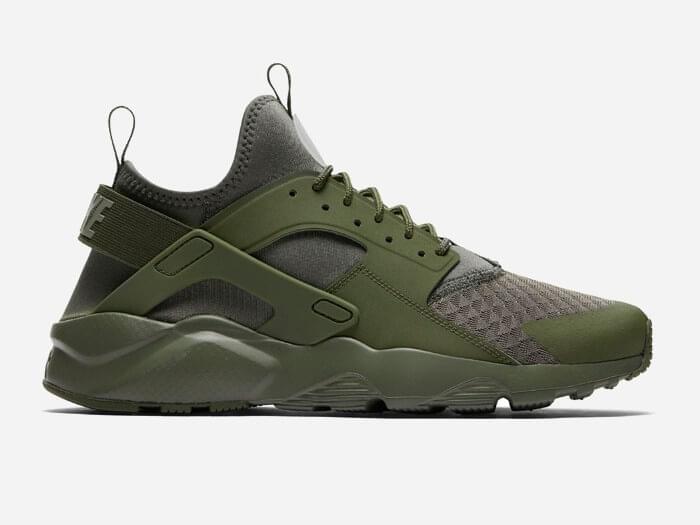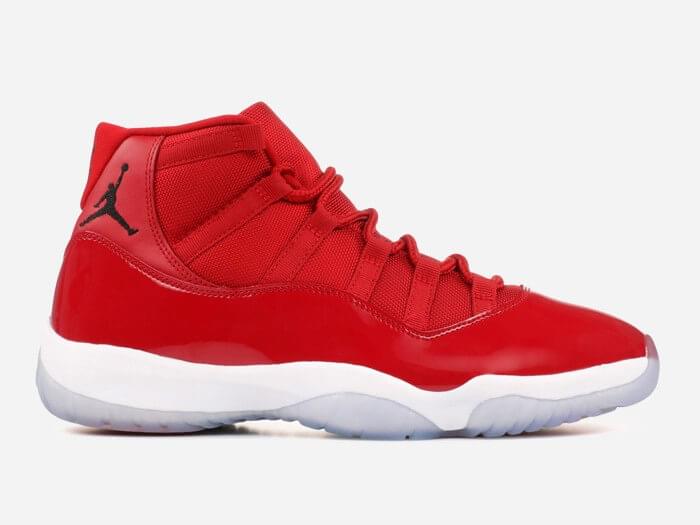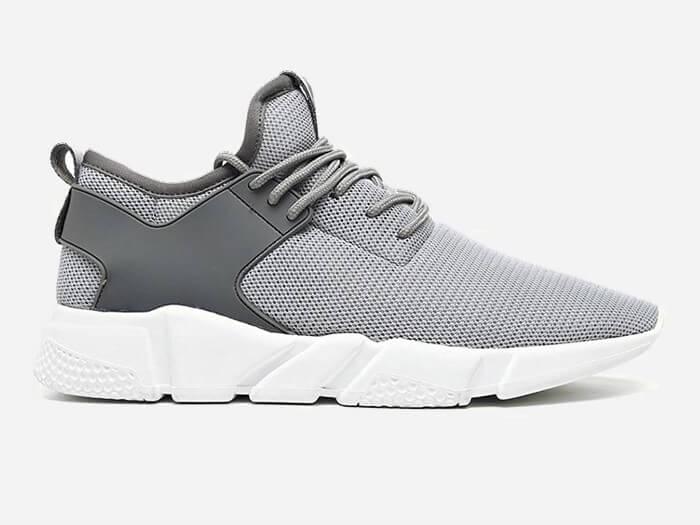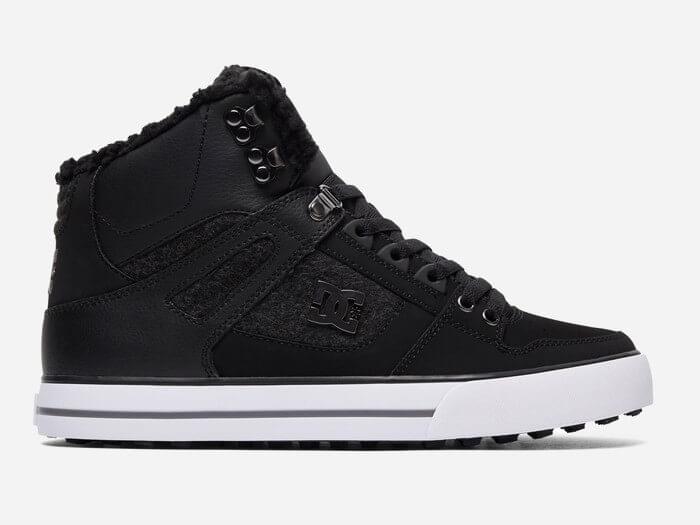How to choose Low-Temperature Hydraulic Hoses
Low-temperature hydraulic hoses are designed to withstand extremely cold temperatures and are widely used in industries such as construction, mining, and agriculture. Selecting the right low-temperature hydraulic hose is crucial for ensuring optimal performance and safety in cold environments. In this article, we will discuss the factors to consider when choosing low-temperature hydraulic hoses.  Temperature range: The first factor to consider when choosing low-temperature hydraulic hoses is the temperature range. The hose should be rated to withstand the lowest temperature it will be exposed to without becoming brittle or cracking. It is important to select a hose that is rated for the lowest temperature expected in the application. Material: The material of the hose should also be considered when selecting a low-temperature hydraulic hose. Some materials, such as Teflon and fluoroelastomer, are better suited for low-temperature applications than others. The material should be able to maintain its flexibility and durability in cold temperatures. Pressure rating: The pressure rating of the hose is another important factor to consider. The hose should be rated to handle the maximum pressure that it will be exposed to in the application. It is important to ensure that the hose has a sufficient safety margin to prevent failure or leakage. Compatibility: The low-temperature hydraulic hose should be compatible with the hydraulic fluid being used in the system. Some fluids may require a specific type of hose material to prevent degradation or chemical reactions. It is important to consult with a professional hose supplier to ensure compatibility. Certification: When selecting a low-temperature hydraulic hose, it is important to choose hoses that are certified to industry standards, such as SAE or ISO. Certified hoses ensure that they meet industry standards for performance, quality, and safety. In conclusion, selecting the right low-temperature hydraulic hose is crucial for ensuring optimal performance and safety in cold environments. Factors to consider include temperature range, material, pressure rating, compatibility, and certification. Consulting with a professional hose supplier can help ensure that the right hose is selected for the specific application.
Temperature range: The first factor to consider when choosing low-temperature hydraulic hoses is the temperature range. The hose should be rated to withstand the lowest temperature it will be exposed to without becoming brittle or cracking. It is important to select a hose that is rated for the lowest temperature expected in the application. Material: The material of the hose should also be considered when selecting a low-temperature hydraulic hose. Some materials, such as Teflon and fluoroelastomer, are better suited for low-temperature applications than others. The material should be able to maintain its flexibility and durability in cold temperatures. Pressure rating: The pressure rating of the hose is another important factor to consider. The hose should be rated to handle the maximum pressure that it will be exposed to in the application. It is important to ensure that the hose has a sufficient safety margin to prevent failure or leakage. Compatibility: The low-temperature hydraulic hose should be compatible with the hydraulic fluid being used in the system. Some fluids may require a specific type of hose material to prevent degradation or chemical reactions. It is important to consult with a professional hose supplier to ensure compatibility. Certification: When selecting a low-temperature hydraulic hose, it is important to choose hoses that are certified to industry standards, such as SAE or ISO. Certified hoses ensure that they meet industry standards for performance, quality, and safety. In conclusion, selecting the right low-temperature hydraulic hose is crucial for ensuring optimal performance and safety in cold environments. Factors to consider include temperature range, material, pressure rating, compatibility, and certification. Consulting with a professional hose supplier can help ensure that the right hose is selected for the specific application.





Leave Your Product Requirements
Your email address will not be published. Required fields are marked *